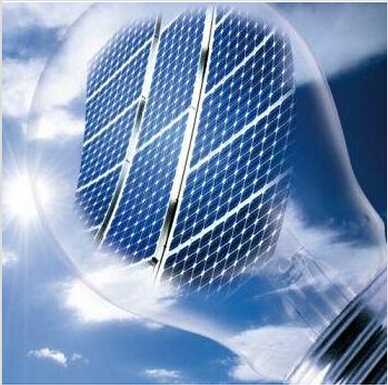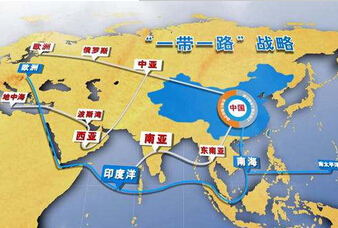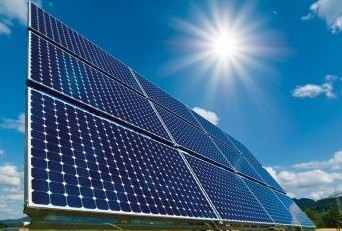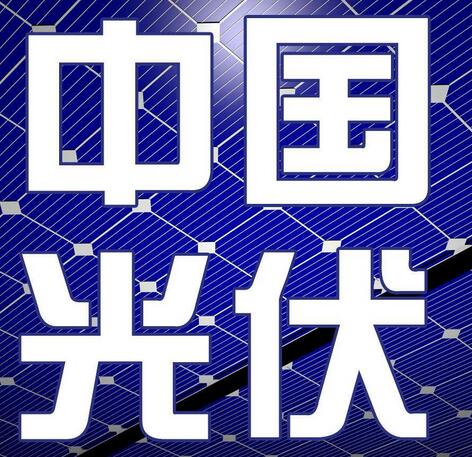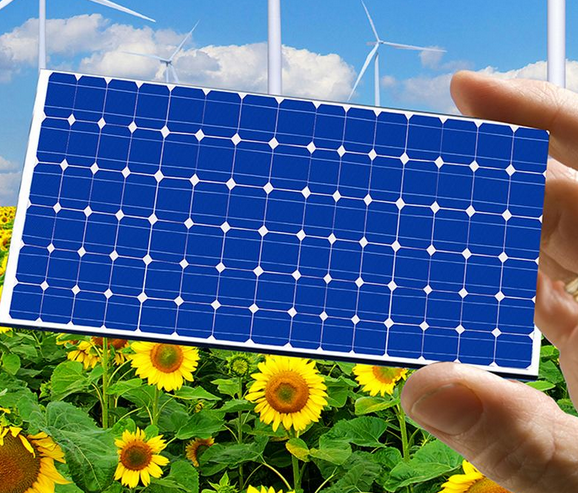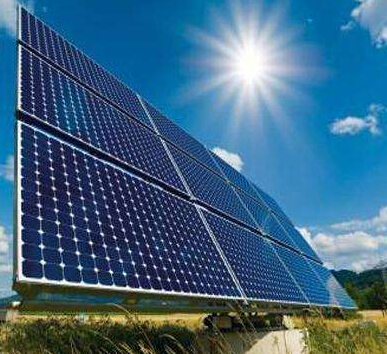The photovoltaic overseas market in 2018 is not calm. On the one hand, it is affected by the new “5·31” photovoltaic policy. In the second half of the year, the domestic PV new market is limited. In the recent “going out” boom, overseas markets have become more hot and become the development of many companies. New Heights." On the other hand, it is a normalized trade barrier. The United States, India and other countries are collecting and subsidizing tariffs.
The road is in danger, and the person who knows it is known. A group of data from the China Photovoltaic Industry Association shows that the pace of China's photovoltaics is accelerating: from January to September this year, the total exports of photovoltaic products (silicon wafers, cells, modules) totaled US$12.13 billion, up 19.4% year-on-year; The total export volume of films and components was US$6.62 billion, up 24.7% year-on-year; the export volume of silicon wafers and battery chips decreased year-on-year, but the export volume increased year-on-year; the export volume of components was about 34GW, which exceeded the annual export volume in 2017.
Overseas market has become an important force
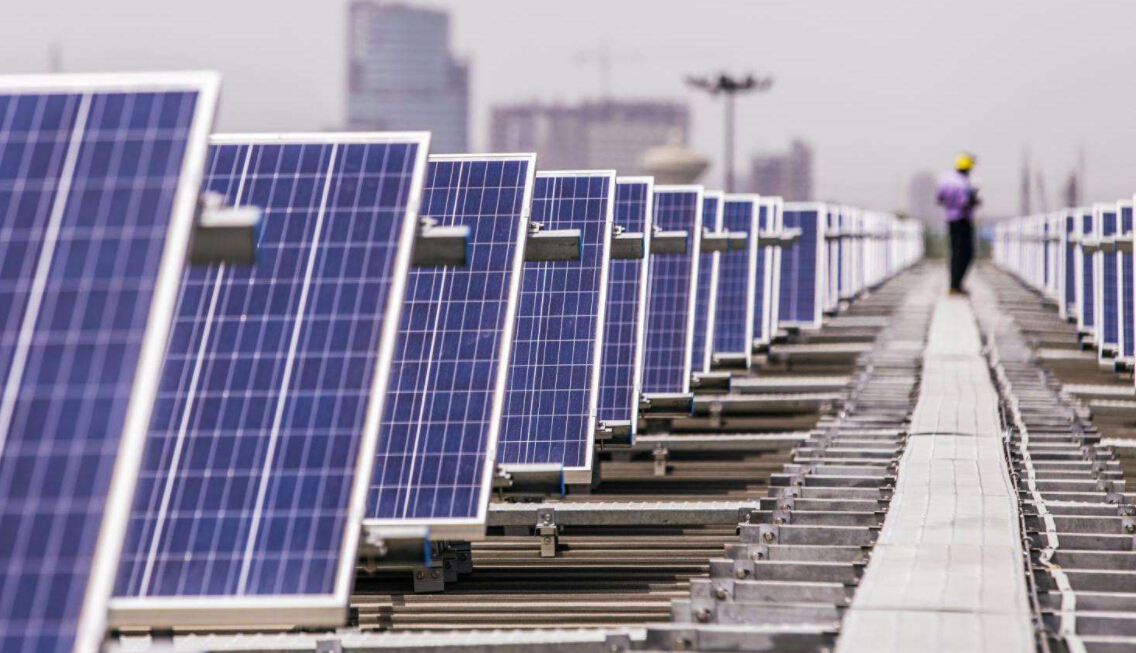
Compared with the explosive growth of domestic PV, especially “household PV” in the first half of 2017 to 2018, the domestic PV market slowed down in the second half of this year: 34.5GW was added in January-September, down 20% year-on-year. The formula is 17.4GW, down 37% year-on-year, and distributed 17.14GW, up 12% year-on-year.
"Affected by domestic new policies and trade disputes between Europe and the United States, China's PV market has shrunk, and key enterprises have turned their business focus to overseas markets. Many PV companies have begun to expand their power station development business, EPC business, power station operation service business and energy storage business. Go overseas and actively participate in the business competition downstream of the international PV industry chain.” Wang Bohua, vice chairman and secretary general of China Photovoltaic Industry Association, said that overseas emerging markets and European markets are driving export demand, and the concentration of PV module export market continues. Lowering, the flowering situation of the emerging markets such as South America, the Middle East and North Africa continues to develop. China's exports to the major European markets, such as the Netherlands and Germany, have increased year-on-year, and Australia has maintained growth. The growth of the Ukrainian market has attracted attention. At the same time, the export of photovoltaic modules to the United States was only 25.33 million US dollars, down 89.8% year-on-year, and the export volume was only 89MW.
How to grasp the relationship between traditional market and emerging market? “Before 2015, basically focusing on the major markets in Europe and America, nowadays emerging market accounts for more and more, but considering the relationship between major markets and emerging markets, the main market is still very important. ."she says.
Almost all global market outlook reports show strong market growth trends in 2018. Wang Bohua judged: "At the end of 2022, the installed capacity of solar power in the world will reach 1 billion kilowatts." He expects that under normal circumstances, the global installed capacity of photovoltaics will reach 500GW in 2018. Asia will dominate the global PV market in the future. The installed capacity of photovoltaics in the region will account for more than two-thirds of the world
A number of PV companies are optimistic about the global market during the interview with reporters, and believe that the global market will remain stable or even growing.
"Downstream is outside"
Under the “Belt and Road Initiative” initiative, coupled with the continuous downward adjustment of domestic PV subsidies and increased competition, China's PV has been accelerating the pace of “going out” in recent years.
“The overseas production capacity of China's PV manufacturing industry is mainly 'downstream'.” Liu Yujing analyzed, “The silicon wafers are concentrated in Southeast Asia and Turkey. The overseas production capacity of the components is more and the annual growth is fast. The overseas projects are concentrated in the Americas, Europe, Developed countries such as Asia-Pacific are basically based on manufacturing-driven sales, such as the BOT model."
When going overseas, the photovoltaic industry is constantly adjusting its “going out” structure. According to statistics, from January to September, the monthly average export value of photovoltaic products was 1.42 billion US dollars, and the monthly export value exceeded 1 billion US dollars; the export price of silicon wafers decreased; the export price of battery chips decreased, and the exporting countries mainly concentrated in India and South Korea; polysilicon imports 111,000 tons, down 6% year-on-year.
Electricity “goes out” to pursue scale effects. It is understood that China's power group "going out" is based on traditional energy, and is also renewable energy. The scale of "going out" of wind power is also higher than that of photovoltaics. There is still a lot of room for "going out" of photovoltaics.
At the "China PV Overseas Investment Development Forum" held on October 25, Liu Zuozhang, executive vice president of China International Investment and Trade Association, revealed that 113 overseas cooperative parks have been built, and the direction of overseas investment is bright. The government is stepping up its efforts to reduce the risk index of “going out” of domestic PV companies, while further improving the domestic investment environment and promoting two-way investment. Today, not only is China “going out”, but foreign capital is also “walking in”. For example, photovoltaic companies such as Japan and Switzerland have set up factories in China. AIIB relevant person also said that it will increase investment in the photovoltaic field in the future.
Tender is the mainstream mode
Regardless of whether the equipment “goes out”, the EPC “goes out”, or the operation and “goes out”, the project development cannot be circumvented, and the PV project development model is changing.
From a global perspective, the most mainstream model for PV project development is tendering, which is divided into individual technical tenders and cross-technical tenders. More than 60 countries around the world are doing individual technology bidding, such as the domestic PV “leaders” base, mainly in the industry internal quotation bidding. Cross-technology competition is reflected in the free competition within the renewable energy of European countries. PV needs to compete with wind power, and there are also cross-technology competitions for all energy sources in countries like Chile.
"No matter what kind of bidding, there is a fixed price to guarantee the income of at least 20 years in the future. This is also an important condition for financing the PV project. Just like bonds, the income is certain." Liu Yujing told reporters that there was a 2018 new trend. "For example, the European market has given up fixed electricity prices and bid directly to the wholesale market. The price fluctuations are likely to be very large. Other developing countries are undergoing power system reforms, paying attention to the stability of the project."
This year's PV project winning bids have rebounded in India, Germany, France and Brazil, and India has even cancelled the bidding qualification for a number of projects that are too expensive. Some people in the industry said: "The more mature the market, the more it can accept price fluctuations, and the equipment cost has been going down. However, the interference with new policies such as taxes will affect the bid price, the marketization is not high, and the government intervention is more. requires attention."
















 RCCN WeChat QrCode
RCCN WeChat QrCode Mobile WebSite
Mobile WebSite